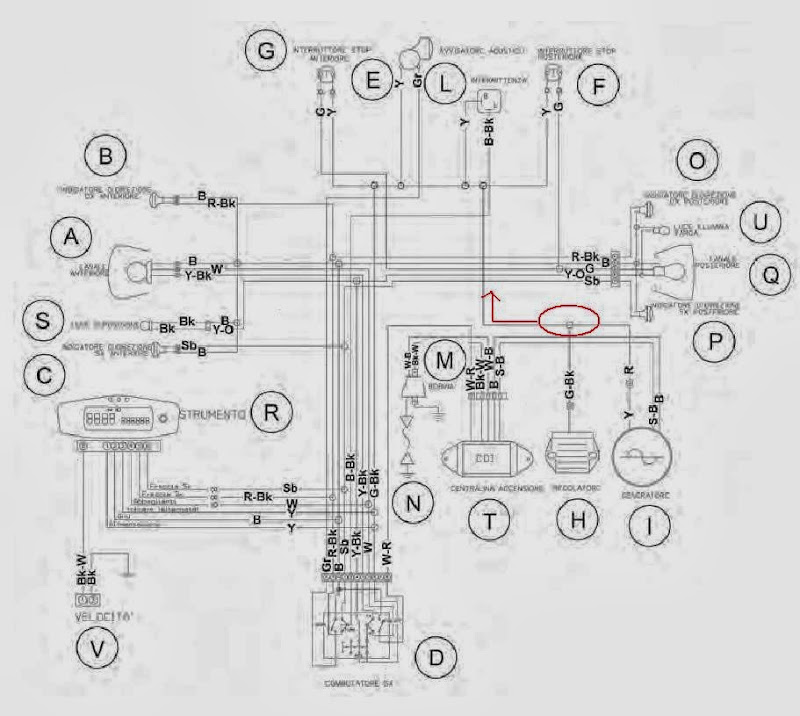I am building a project where I need to simulate a single Charge/Trigger coil of an AC CDI.
My thinking is to convert a Hall sensor output to obtain pulses, both positive and negative, equal in size of around 400 volts, which will feed the original CDI.
The signal would originate from a Hall sensor output as a flywheel rotates, and must be synchronized with that flywheel.
Can anyone suggest suitable circuits to obtain this ?
I have a rudimentary knowledge of electronics, but not a good enough understanding to design this circuit/s.
The purpose is to replace the single Charge/Trigger coil of a motorcycle CDI and there is no going back to the original setup.
Any help will be appreciated,
Many thanks in advance,
Regards Max.
My thinking is to convert a Hall sensor output to obtain pulses, both positive and negative, equal in size of around 400 volts, which will feed the original CDI.
The signal would originate from a Hall sensor output as a flywheel rotates, and must be synchronized with that flywheel.
Can anyone suggest suitable circuits to obtain this ?
I have a rudimentary knowledge of electronics, but not a good enough understanding to design this circuit/s.
The purpose is to replace the single Charge/Trigger coil of a motorcycle CDI and there is no going back to the original setup.
Any help will be appreciated,
Many thanks in advance,
Regards Max.



 Yeah, love the bike, it goes like a cut cat and handles real well also.
Yeah, love the bike, it goes like a cut cat and handles real well also. 


